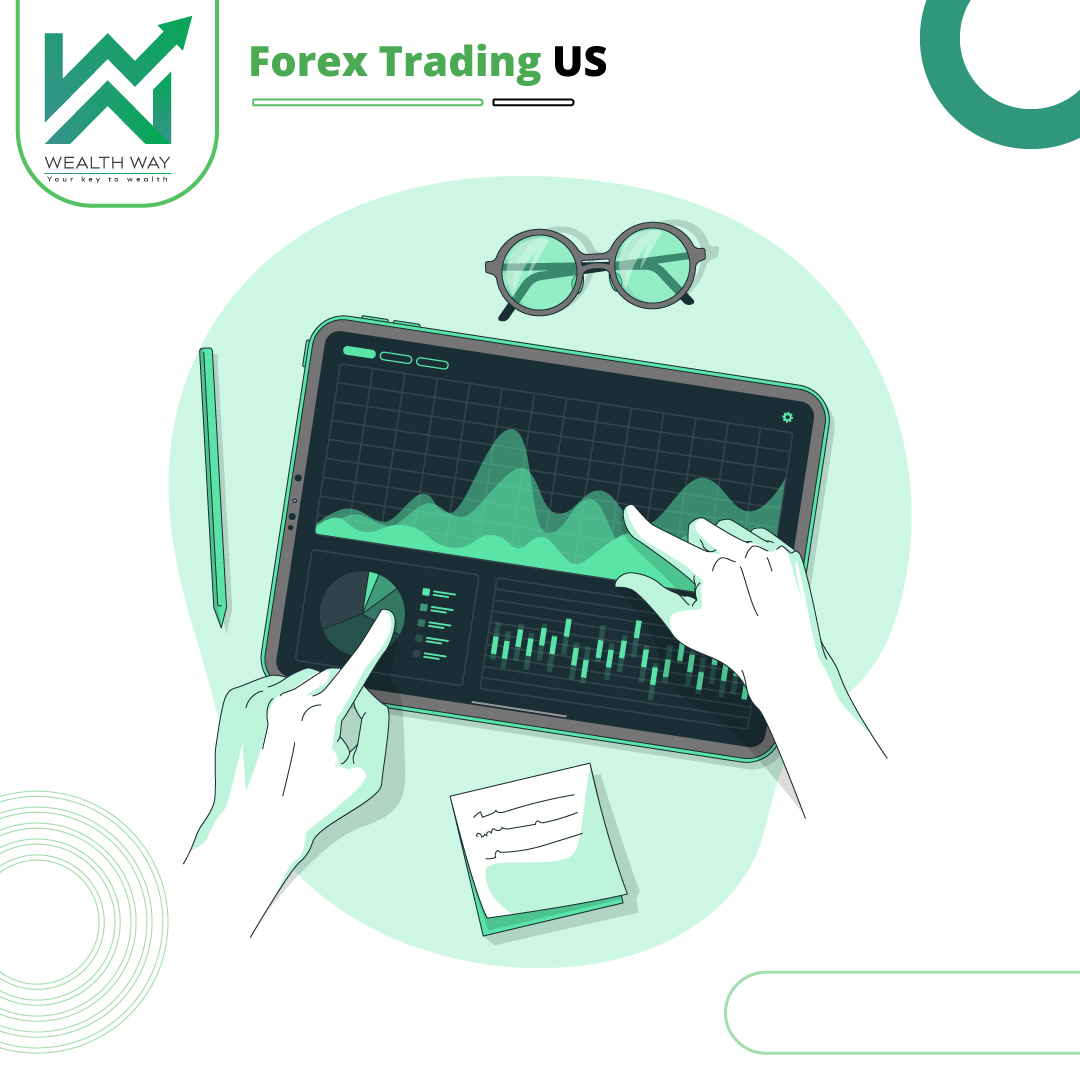
Navigating Forex Trading US: A Comprehensive Guide
In the world of financial markets, Forex trading remains a dominant player, and the United States is a key hub for this global phenomenon. In this article, we'll delve into the ins and outs of Forex trading in the US, exploring the regulatory landscape, popular trading strategies, and essential tips for traders seeking success in this dynamic market.
Forex Trading in the US: An Overview
Forex, short for "foreign exchange," is the largest and the most liquid financial market globally, with a daily trading volume exceeding $6 trillion. In the United States, Forex trading is highly accessible to both retail and institutional traders. But before you dive into the markets, it's crucial to understand the regulatory framework that governs Forex trading in the US.
Regulatory Environment
Forex trading US is regulated by several agencies, primarily the Commodity Futures Trading Commission (CFTC) and the National Futures Association (NFA). These organizations ensure market integrity, protect traders, and maintain transparency in the Forex market. All Forex brokers operating in the US must be registered with the NFA and comply with strict regulatory standards.
Choosing a Reliable Broker
Selecting a reputable Forex broker is the first step for any trader in the US. Look for brokers that are registered with the NFA and offer a user-friendly trading platform. Additionally, consider factors like spreads, leverage, and customer support when making your choice.
Trading Strategies
Successful Forex trading requires a well-thought-out strategy. Here are a few popular strategies that traders in the US often employ:
1. Day Trading: Day traders open and close positions within the same trading day, capitalizing on short-term price movements. This strategy demands quick decision-making and a keen understanding of technical analysis.
2. Swing Trading: Swing traders aim to capture intermediate-term price swings. They hold positions for several days or weeks, relying on both technical and fundamental analysis.
3. Scalping: Scalpers make numerous small trades throughout the day, aiming to profit from tiny price fluctuations. High-frequency trading and precise timing are key to success in scalping.
4. Trend Following: Trend followers identify and ride prevailing market trends. This strategy requires patience and discipline to stay in a position as long as the trend remains intact.
Risk Management
Managing risk is paramount in Forex trading. Never risk more than you can afford to lose, use stop-loss orders to the limit potential losses. Diversify your portfolio to spread risk and avoid putting all your capital into a single trade. The financial experts of Wealthway fx could guide you in minimising your risks and creating a financial path for yourselves.
Continuous Learning
The Forex market is constantly evolving. Staying informed about economic news, central bank policies, and geopolitical events that can impact currency markets is crucial. Consider joining Forex forums or communities to exchange ideas and insights with other traders.
Conclusion
Forex trading US offers vast opportunities for those willing to invest time in learning and developing effective trading strategies. However, it's a market that demands respect for its complexities and risks. With the right knowledge, a solid trading plan, and disciplined risk management, Forex trading can become a rewarding endeavour for traders in the United States. Furthermore, it is always suggested to trade will a reliable forex broker such as Wealthway fx who will aid you in generating wealth.
In summary, Forex trading US is accessible, but success requires a deep understanding of the market, adherence to regulations, and continuous learning. Whether you're a novice or an experienced trader, the US Forex market welcomes all who are willing to embark on this exciting financial journey.